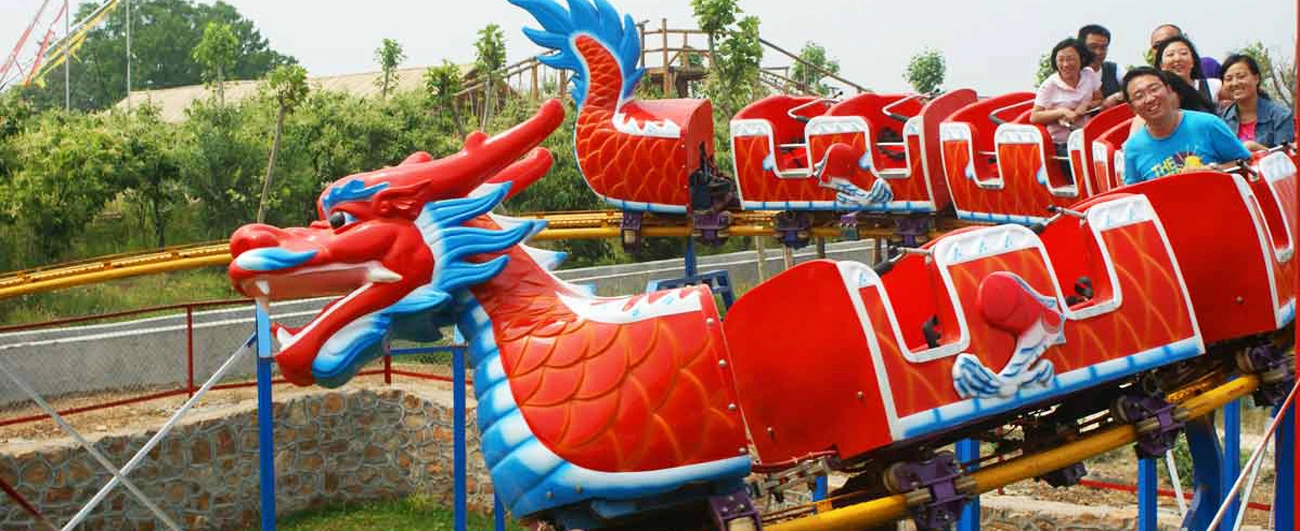In an era increasingly defined by synthetic experience, the boundary between the physical and the virtual has grown porous. No longer confined to isolated domains, virtual environments now infiltrate daily existence, supplanting the tactile with the intangible. The result is a complex entanglement—where simulated perception begins to overshadow empirical reality.
The Fracturing of Spatial Integrity
The traditional concept of space is governed by physical laws—dimension, mass, inertia. In the virtual paradigm, these constraints dissolve. Digital constructs enable users to exist in multiple locations simultaneously or inhabit fantastical terrains unconstrained by physics. The erosion of spatial fixity destabilizes not only our interaction with geography but also our psychological relationship with the environment.
Consider the immersive carousel ride in a digital amusement simulator. Within the confines of a head-mounted display, the participant senses motion, hears the squeal of spinning machinery, even feels the centripetal pull—yet remains physically stationary. The body is deceived. Presence is simulated. Spatial logic becomes irrelevant.

This deconstruction of space does more than entertain. It rewires our perception. As users grow accustomed to shifting digital topographies, the expectation for real-world immersion escalates. Physical architecture begins to mirror its virtual counterpart—modular, augmented, ephemeral.
The Collapse of Temporal Anchoring
Temporal linearity is another casualty of the virtual domain. In physical life, time progresses predictably. In digital realms, however, time becomes elastic—paused, reversed, accelerated. Such manipulation is not merely functional; it has philosophical implications.
The virtual amusement park pirate ship does not swing according to clockwork intervals dictated by machinery. Instead, it loops infinitely at user discretion, untethered from real-world fatigue, fuel, or structural integrity. The illusion of control over time generates a false sense of omnipotence, one that carries psychological consequences.

In these environments, temporal permanence becomes obsolete. Memories blur. Experience fragments. The rhythm of reality, once dictated by diurnal cycles, yields to the on-demand tempo of digital immersion.
Sensory Substitution and the Illusion of Presence
Central to the virtual encroachment is the principle of sensory substitution. Technological interfaces—visual, auditory, haptic—replace direct environmental input with curated stimuli. This substitution crafts an illusion of presence so compelling that it often eclipses the real.
The phenomenon is exemplified in high-fidelity simulation systems, where a carousel ride mimics the rotational vectors and acoustics of its mechanical analogue. Through algorithms and feedback loops, sensation becomes data-driven, no longer contingent on mechanical systems or atmospheric conditions.
This raises an ontological dilemma: If an experience can be perfectly simulated, does its authenticity still matter? Increasingly, society answers in the negative. Authenticity becomes secondary to accessibility and customization. The real is no longer valued for its material truth but for its adaptability.
Psychological Transference and Identity Diffusion
Repeated exposure to virtual environments induces psychological transference—where users internalize digital norms and reframe real-world expectations accordingly. Identity, once anchored in physicality and social context, becomes malleable.
The rider on a virtual amusement park pirate ship may adopt an avatar, assume a role, or engage in behavior they would not consider outside the simulation. Over time, these distinctions blur. Emotional responses generated in synthetic environments carry into real-world interactions. The mind, unable to maintain a strict dichotomy between the simulated and the genuine, begins to collapse them into a hybrid identity.
This diffusion of identity challenges long-standing constructs of selfhood. It introduces a continuous performance model where identity is not inherent but rendered—a procedural output of digital interaction.
Virtual as Dominant Epistemology
Historically, knowledge acquisition hinged on sensory experience, empirical testing, and logical inference. Virtual systems, by contrast, offer knowledge through simulation—interactive models that replicate complex systems without necessitating real-world exposure.
A carousel ride designed in a virtual environment can be analyzed, modified, and perfected through iterative code rather than mechanical trial and error. This epistemic shift streamlines creation but detaches learning from physical consequence.
Furthermore, it prioritizes representational fidelity over empirical interaction. The user no longer needs to feel wind resistance or structural vibration to "understand" how the ride operates. Instead, the abstraction becomes the knowledge itself—clean, efficient, and fundamentally synthetic.
Ethical Indistinction and Behavioral Drift
As the virtual erodes the boundary of the real, it also obfuscates ethical clarity. Actions performed in simulated spaces often lack moral consequence, leading to behavioral drift.
The isolated thrill of a digital amusement park pirate ship—devoid of safety risks or financial cost—creates a vacuum of accountability. Users may experiment with reckless or antisocial behavior, rationalized by the unreality of the medium. However, such behavior can calcify into real-world attitudes. Repetition breeds normalization, even when context changes.
The detachment from consequence encourages a gamified worldview, where outcomes are always reversible, and risk is illusory. This mindset can undermine societal norms grounded in cause and effect, responsibility, and empathy.
Conclusion: The Irrevocable Shift
The virtual no longer merely imitates reality; it competes with it. Experiences once deemed irreplaceable—such as the physical exhilaration of a carousel ride or the kinetic suspense of an amusement park pirate ship—are now replicated, enhanced, and personalized within digital frameworks.
This substitution redefines our relationship with the real. Physical boundaries lose their authority. Time becomes subjective. Identity becomes performative. Ethics become context-dependent. Knowledge becomes visualized rather than experienced.
In this emergent landscape, reality is not eliminated—but it is no longer dominant. The virtual has not only replaced the boundaries of reality; it has redrawn them. And as the distinction fades, society must reckon with a fundamental transformation in how it perceives, interacts with, and understands the world.














